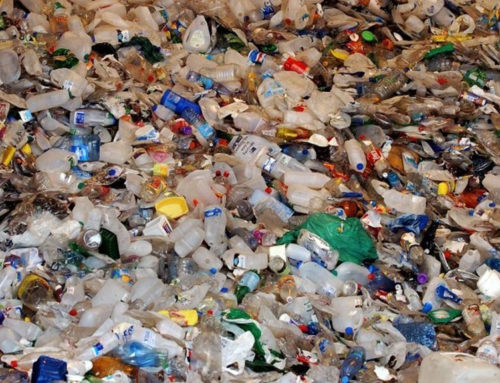In a significant move to enhance public health, the Environmental Protection Agency (EPA) has announced a new rule establishing the first-ever national standard for the presence of “forever chemicals” in drinking water. This landmark regulation targets six types of per- and polyfluoroalkyl substances (PFAS), aiming to protect around 100 million people from these harmful chemicals.
“Today, I’m extremely excited to announce that we are finalizing the first-ever nationwide, legally enforceable drinking water standard for PFAS — the most significant action on PFAS the EPA has ever taken,” stated EPA Administrator Michael Regan. He emphasized that this new standard will significantly reduce PFAS exposure for millions of Americans.
What Are PFAS?
PFAS are a group of chemicals found in numerous industrial and consumer products, including fire extinguishing foam, food packaging, and dental floss. Known for their persistence in the environment and the human body, these chemicals are notoriously slow to degrade, earning them the nickname “forever chemicals.”
Erik Olson, senior strategic director for health at the Natural Resources Defense Council, welcomed the new rule, stating, “Finally, we’re seeing government start to take the PFAS crisis seriously.” According to the EPA, between 6% to 10% of the 66,000 public drinking water systems in the U.S. may need to reduce PFAS levels to meet the new standard.
Water systems across the country will have three years to monitor for PFAS and an additional two years to implement new technology to reduce their levels. To support this effort, one billion dollars from the Bipartisan Infrastructure Law will be allocated to help states and territories with testing and treatment.
“This action will prevent thousands of deaths and tens of thousands of serious illnesses,” Regan added. PFAS exposure has been linked to increased cholesterol levels, liver enzyme changes, and pregnancy complications like preeclampsia, according to the Centers for Disease Control and Prevention (CDC).
Addressing Public Health Risks
“Every single person in the United States is walking around with PFAS in their bodies,” Olson highlighted, stressing the urgent need for the new EPA rules to control these risks. The rule specifically targets five individual PFAS: PFOA, PFOS, PFNA, PFHxS, and HFPO-DA, along with mixtures of four PFAS: PFNA, PFHxS, PFBS, and “GenX chemicals.”
Regan explained that the EPA is initially targeting these six chemicals because they are the most well-understood. “We’re starting with this six because with this six we have the best science and data to design these health standards,” he said, acknowledging the expected opposition but expressing confidence in the rule’s durability.
Many communities, particularly in North Carolina, have faced severe PFAS contamination, particularly in the Cape Fear River. Regan, who has a history of addressing this issue as the secretary of the North Carolina Department of Environmental Quality, is determined to continue expanding regulations to include more PFAS chemicals.
Olson noted that while regulating six PFAS is a good start, there are about 14,000 PFAS in existence. “We need to regulate this whole class of toxic chemicals together because if we keep regulating them a few at a time, we’re just never going to get off the toxic treadmill.“
The American Chemistry Council, representing chemical companies, opposed the new standard, citing concerns about the science behind the limits and the estimated cost of compliance. However, Biden administration officials are confident in the robustness of the rule, designed to withstand potential challenges and safeguard public health.
“We feel very confident that we have designed a very durable rule, well within our statutory authority,” a senior administration official said, highlighting the collaborative government effort behind this initiative.
This new standard marks a crucial step in protecting millions of Americans from the dangers of PFAS in drinking water, paving the way for a healthier and safer future.






